
For These Hungarians, Home Is Where the Farm Is
At the beginning of the 20th century, agriculture was thriving in Hungary. And by the end of the 1940s over a million people lived on Hungary’s farms—people were poor, but they managed to get by. But during the Communist regime the farms were sucked into collectives, and individual landowners lost their private farms. By the early 1990s, only 200,000 farmers remained, and their ranks are now fading fast.
Hungarian photographer Akos Stiller’s project on some of those old world farmers just won a first place award in the prestigious POYi photo competition and was featured in National Geographic’s Hungarian editionNational Geographic’s Hungarian edition last year. I talked with Stiller recently over email to find out more about this rich photographic project and the people who still live on Hungary’s farms.
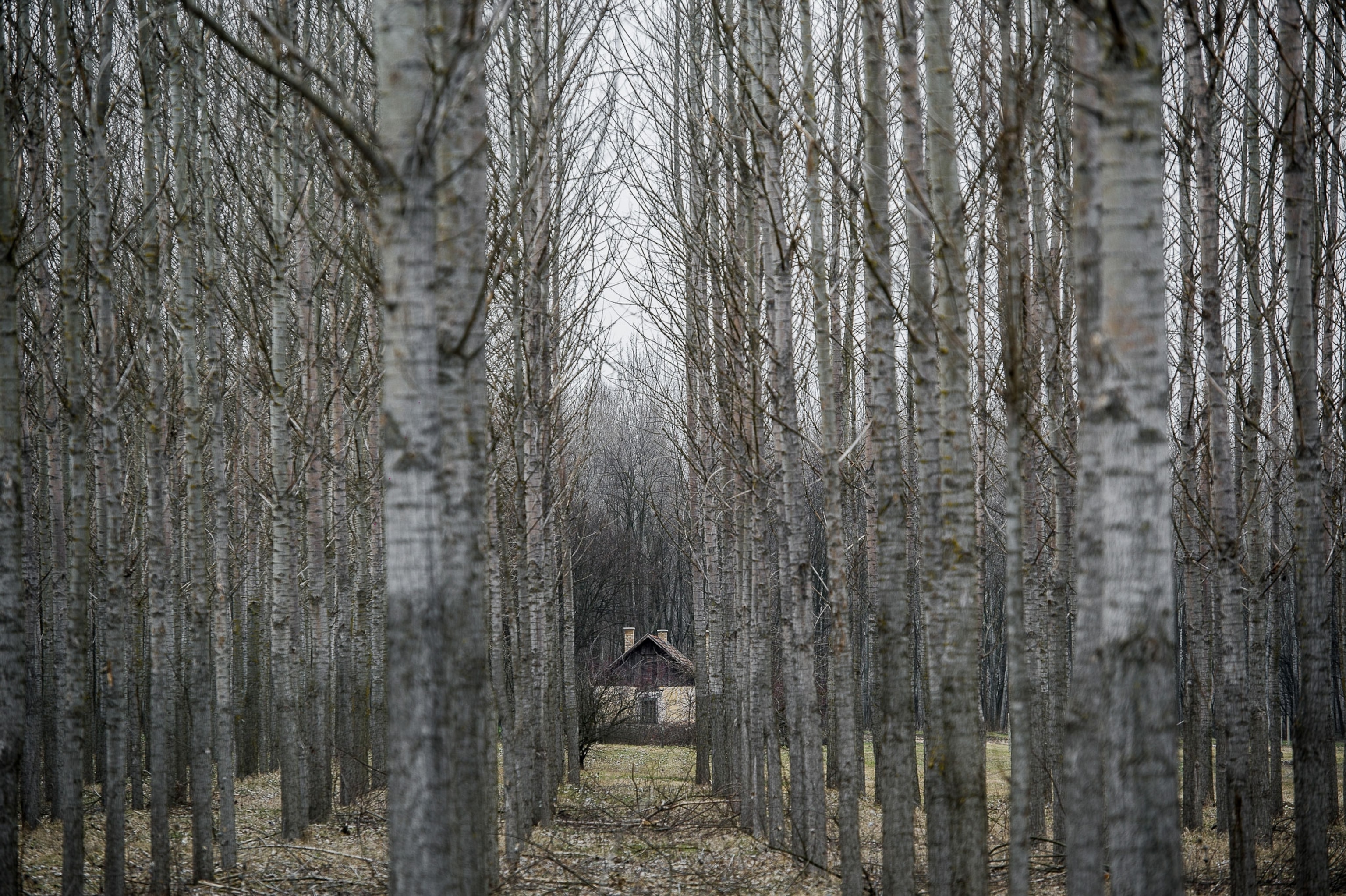
COBURN DUKEHART: How did you first become interested in this project?
AKOS STILLER: The first time I went to the farmlands was in the winter of 2011 because of a daily photo assignment. I took pictures of a government project that brought solar panels to farms that lack electricity and were far off the grid. I had huge luck finding a very helpful farm caretaker, Pal Bimbo, who introduced me to a lot of families. I had a great time talking to these people and I knew that there was much more to their stories than I could cover in one day.
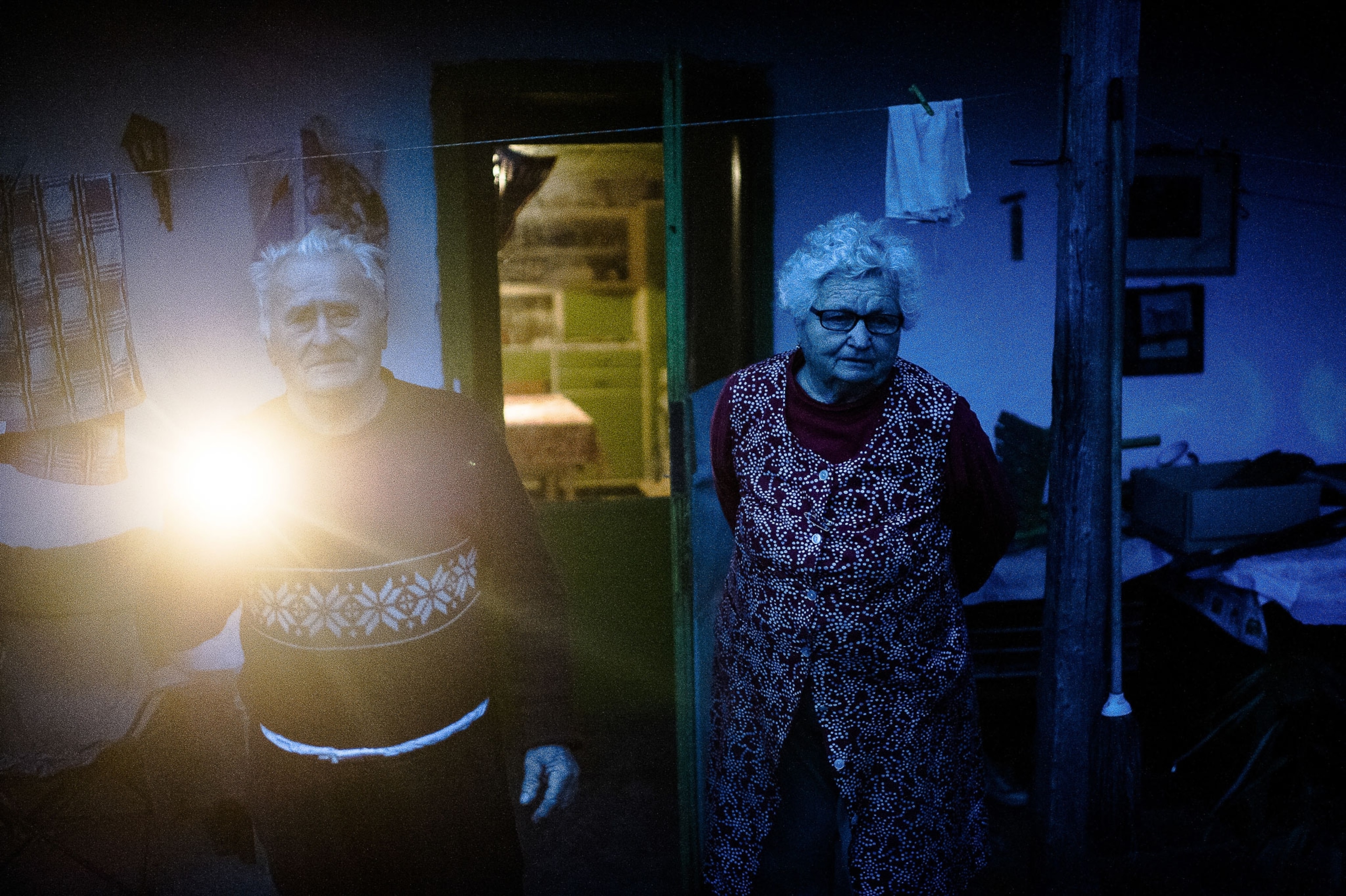
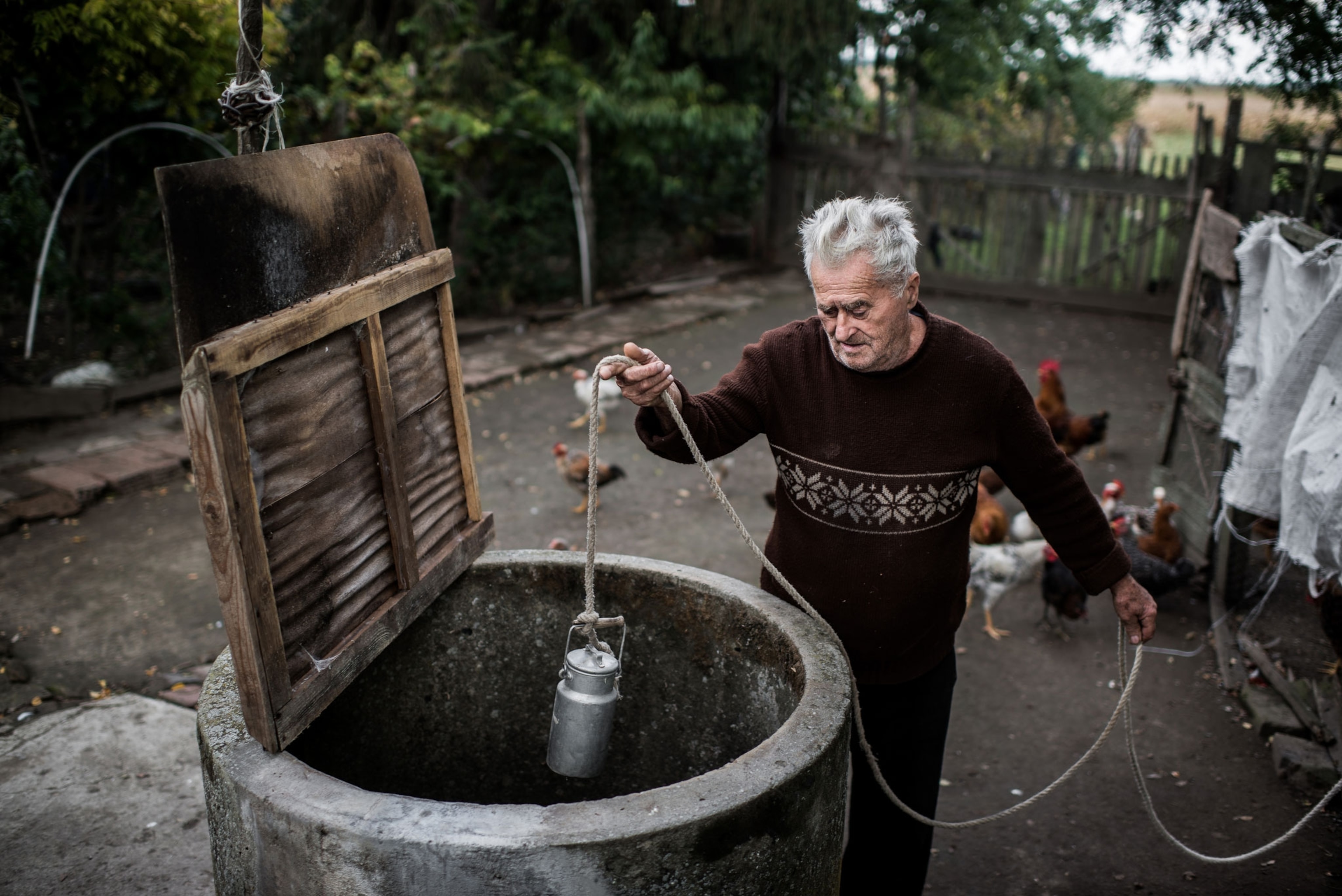
COBURN: Tell me about the people you photographed. Who are they and what are their lives like?
AKOS: There are lot of elderly people who have grown up on their farms—they saw regime changes and their land taken away by collective farms. Now they own their land again, but most of the time it is too small to sustain a family, so lots of families have moved into a village or a nearby town.
Those who remain have different reasons for staying—either they cannot afford to buy a house in the village or cannot give up their freedom, their closeness to nature. You could see it as an end to an era, but I would rather look on it as a change, as there are newcomers to the farmlands—families moving away from the noise of the cities, renovating old farmhouses in search of a more silent lifestyle to raise their kids, and organic farmers bring a fresh vibe into some communities.
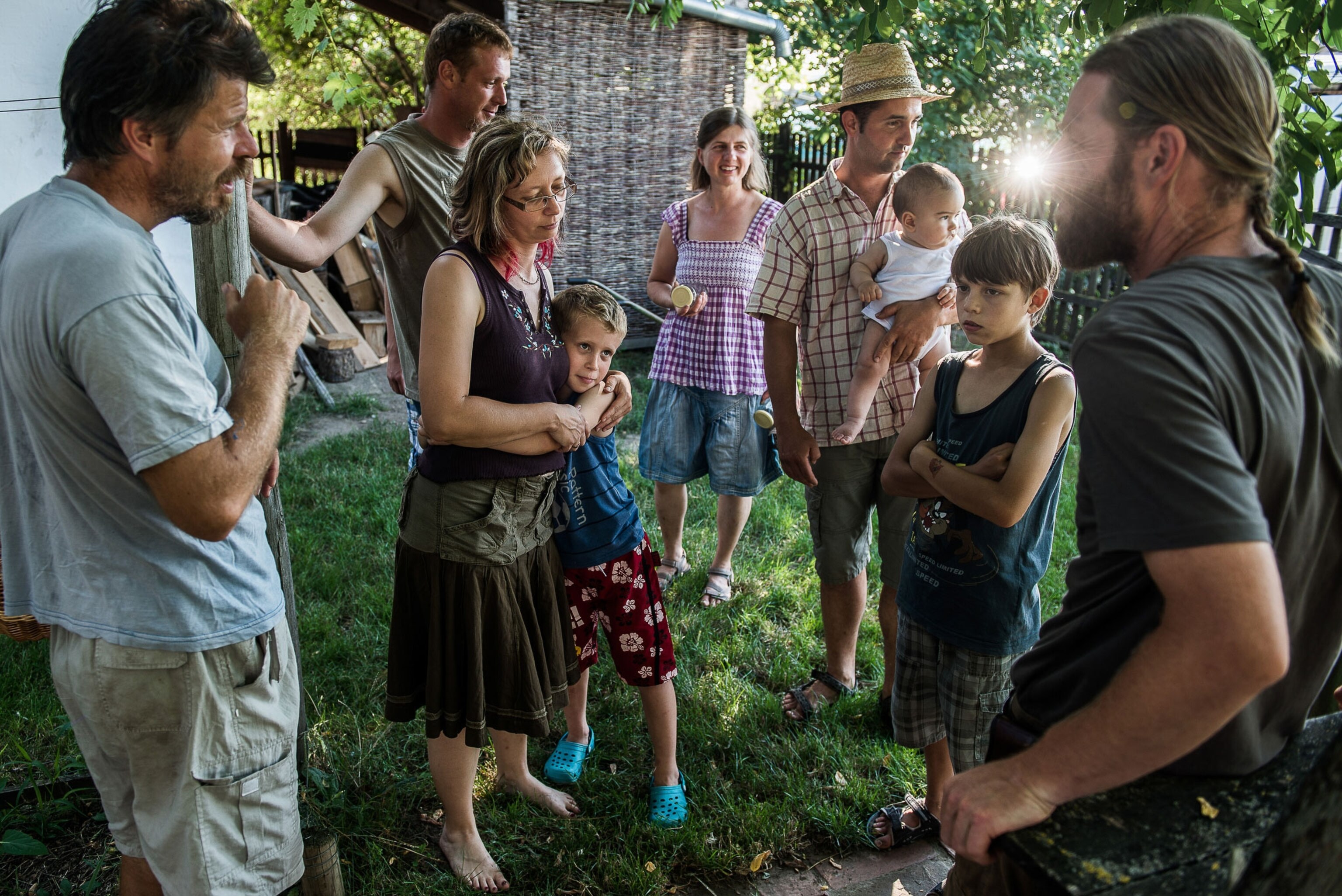
COBURN: What were you trying to show about the farmers’ lives?
AKOS: I feel that the farmlands represent a part of the roots of Hungarian society. I see more and more empty farms each year, and I think there is an obligation to capture these people’s lives while you still can. These are people who are used to getting by on their own and who possess a huge ancient knowledge—how to raise animals, traditional craftsmanship, and herbal healing, which was passed down from generation to generation. Now it costs more to raise a chicken at home than to buy one at the supermarket in the village. With these changes there is nearly nobody to continue these traditions, and there is a knowledge that will disappear.
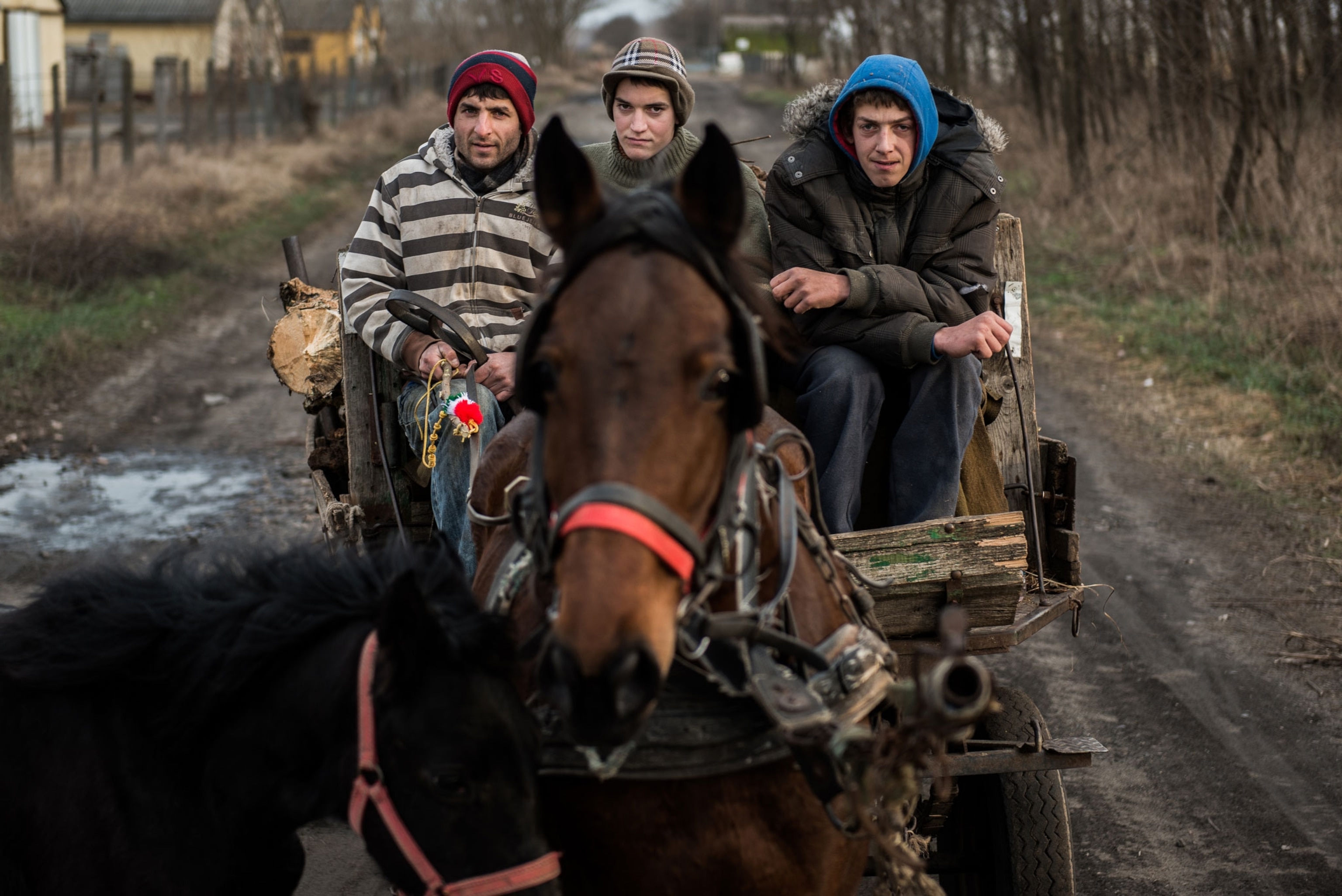
COBURN: What sort of a reception did you get? Were people happy to let you into their lives or were they suspicious of outsiders?
AKOS: It would have been hard to just knock on doors and start photographing. Most of the times I relied on farm caretakers or friends to introduce me. But after I explained why I felt it was important to take pictures, everybody was very friendly. I still have a couple of invitations for pig slaughtering events and have drunk an uncountable amount of homemade pálinka, a Hungarian fruit spirit, with the people I have photographed.
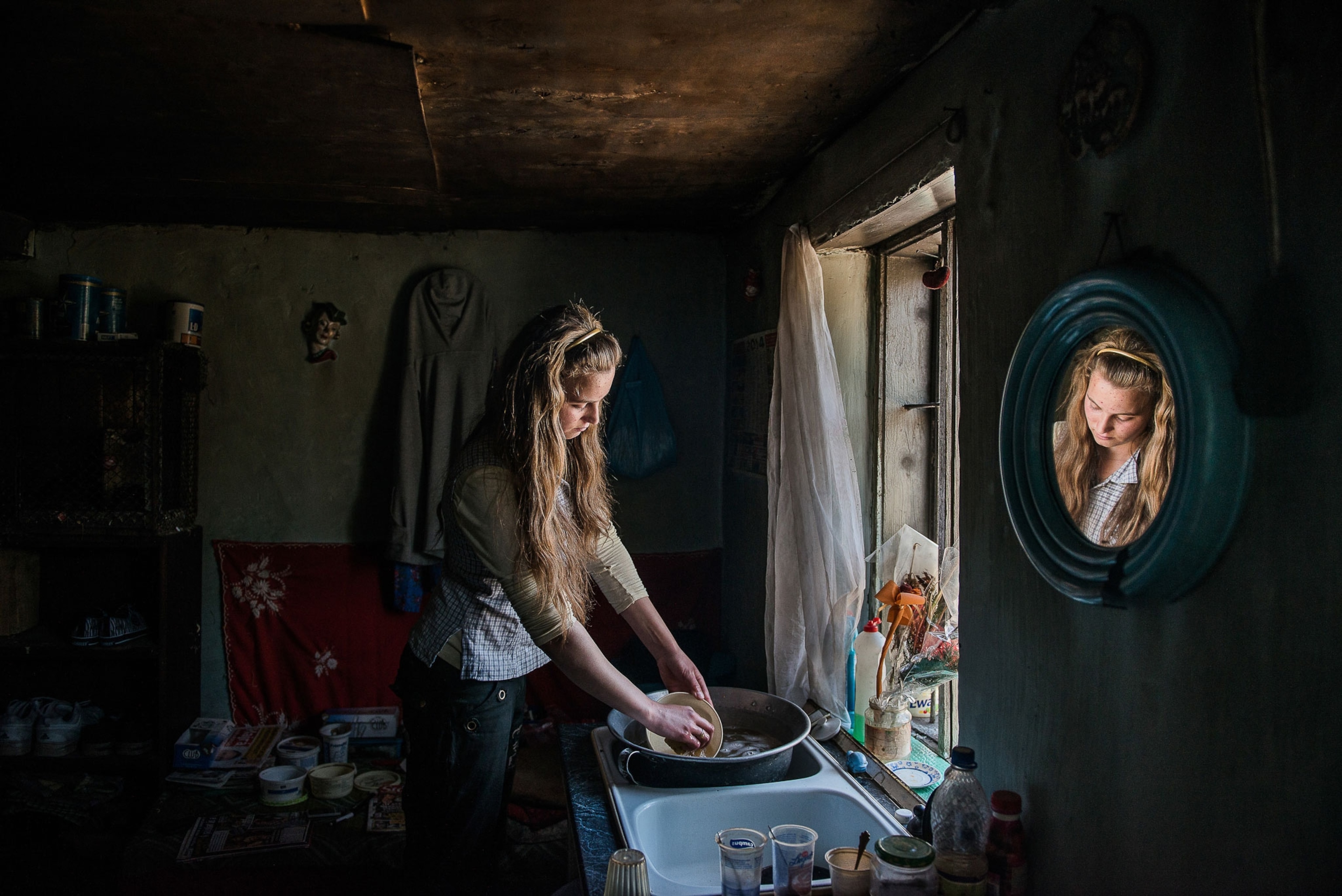
COBURN: Many of your photos show people doing “without” things, like heat, electricity, refrigerators, or bathrooms. Do people seem content with their lives, or do they wish their lives were different?
AKOS: Many people face hardships, but they find ways to succeed on their own. Janó is diabetic and just turned 80. Without electricity and a refrigerator he stores his insulin in the well. Just recently he and his partner, Kató, gave up raising pigs, but they still wake up with the sunrise and start working around the farm. For them and for many elderly people living in the farmlands, moving into a village and leaving their daily work on the farm would be the end.
It may seem that the people I photographed may not possess as many material goods—cars, electric household equipment, large televisions, etc.—as people living in towns, and it may seem that they are dependent on money to buy things they cannot grow or make. But as someone who is dependent on the gas that heats my apartment, the electricity that provides light in my home, and money to buy food at the store, I see these people’s independence and it never stops fascinating me.
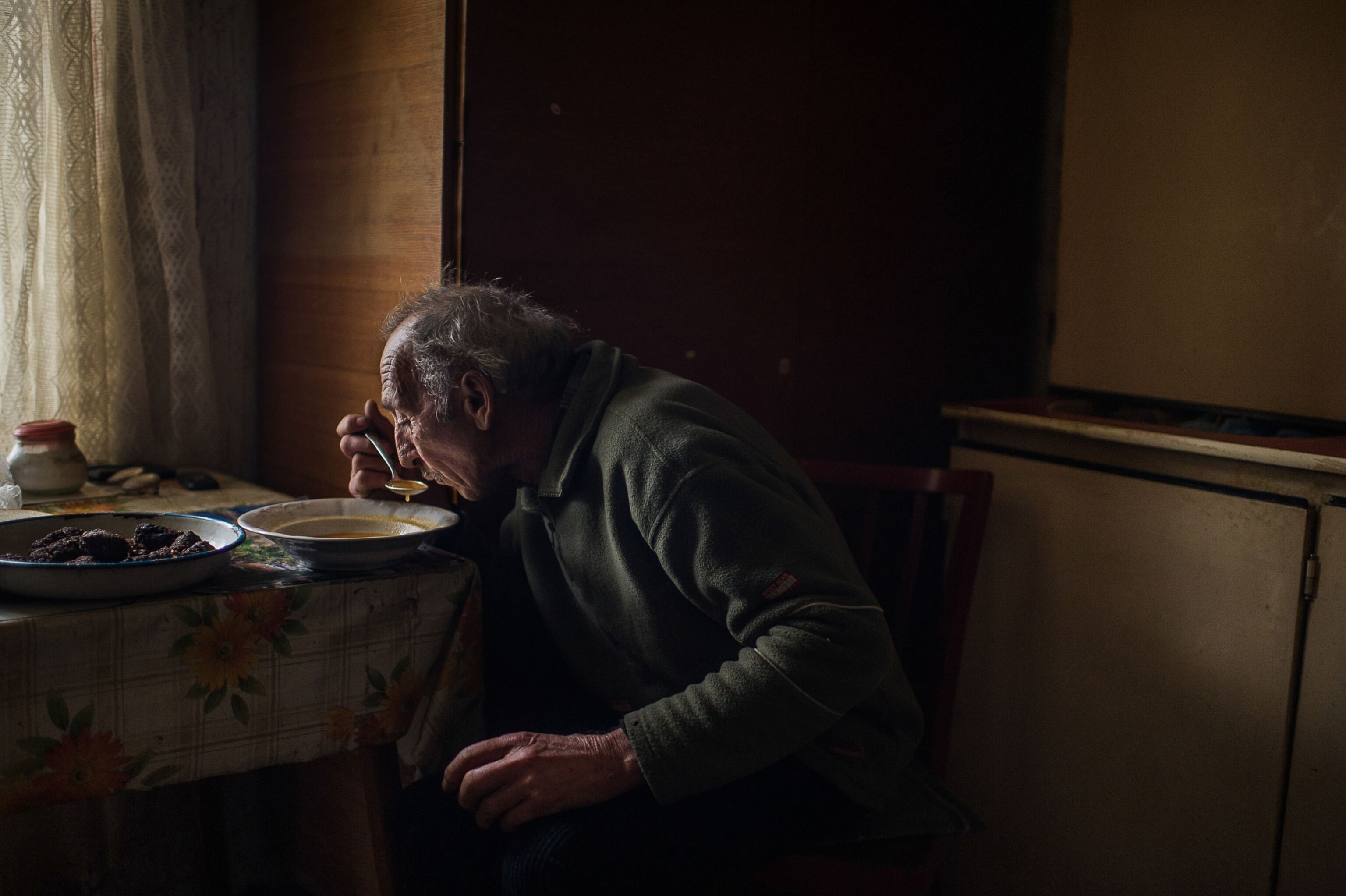
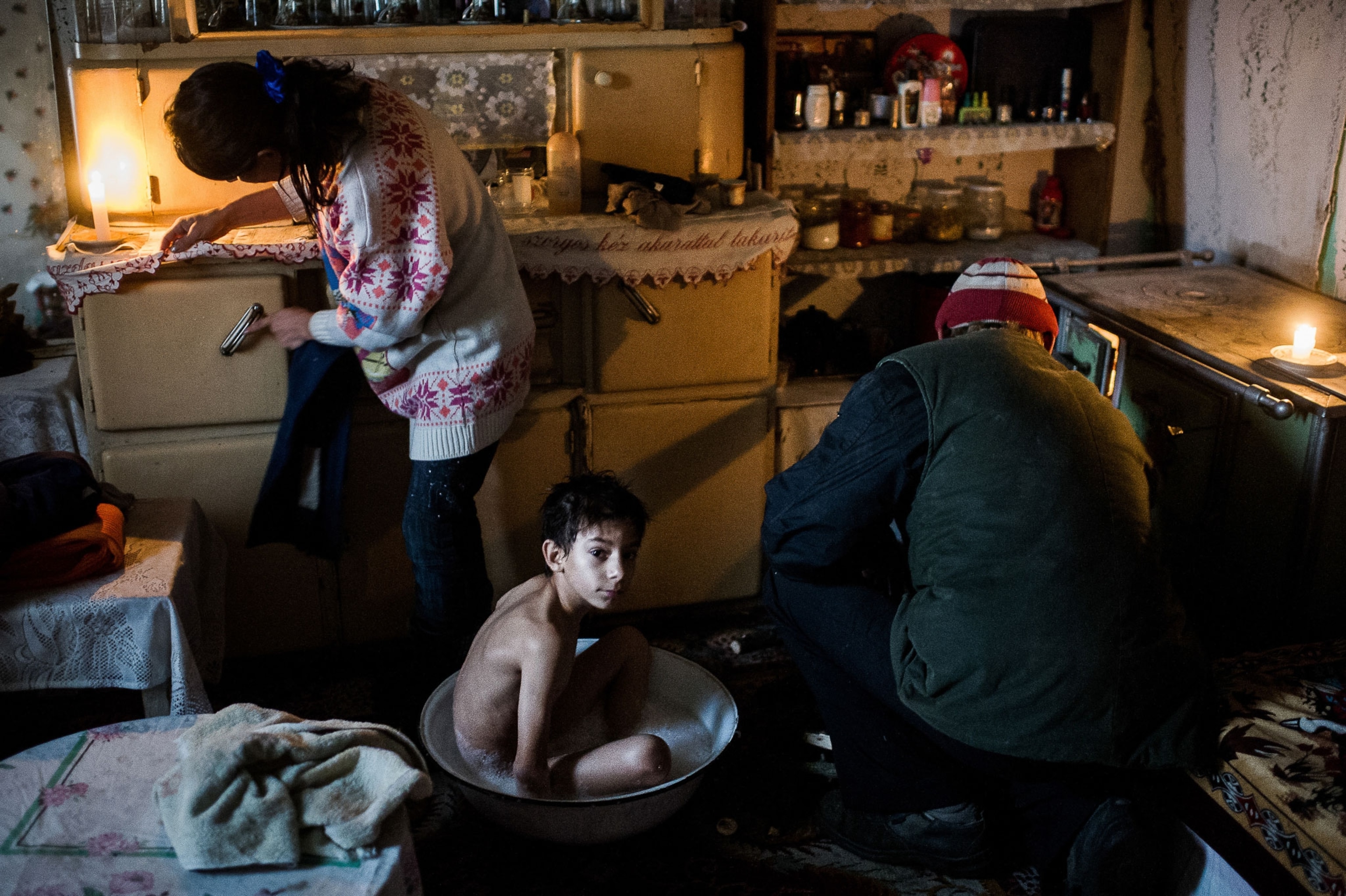
COBURN: Did you learn anything about their way of life that surprised you?
AKOS: It was very surprising how much neighbors keep in contact and help each other out. Even though the farms are quite far from each other in Bicere, the families know all the details about each other. What happened at the doctor with Jani? Are Pali and Mari going to dance salsa tonight in Bekescsaba? What was on the shopping list of Kató? There are no secrets in the farmlands—the gossip spreads faster than emails.
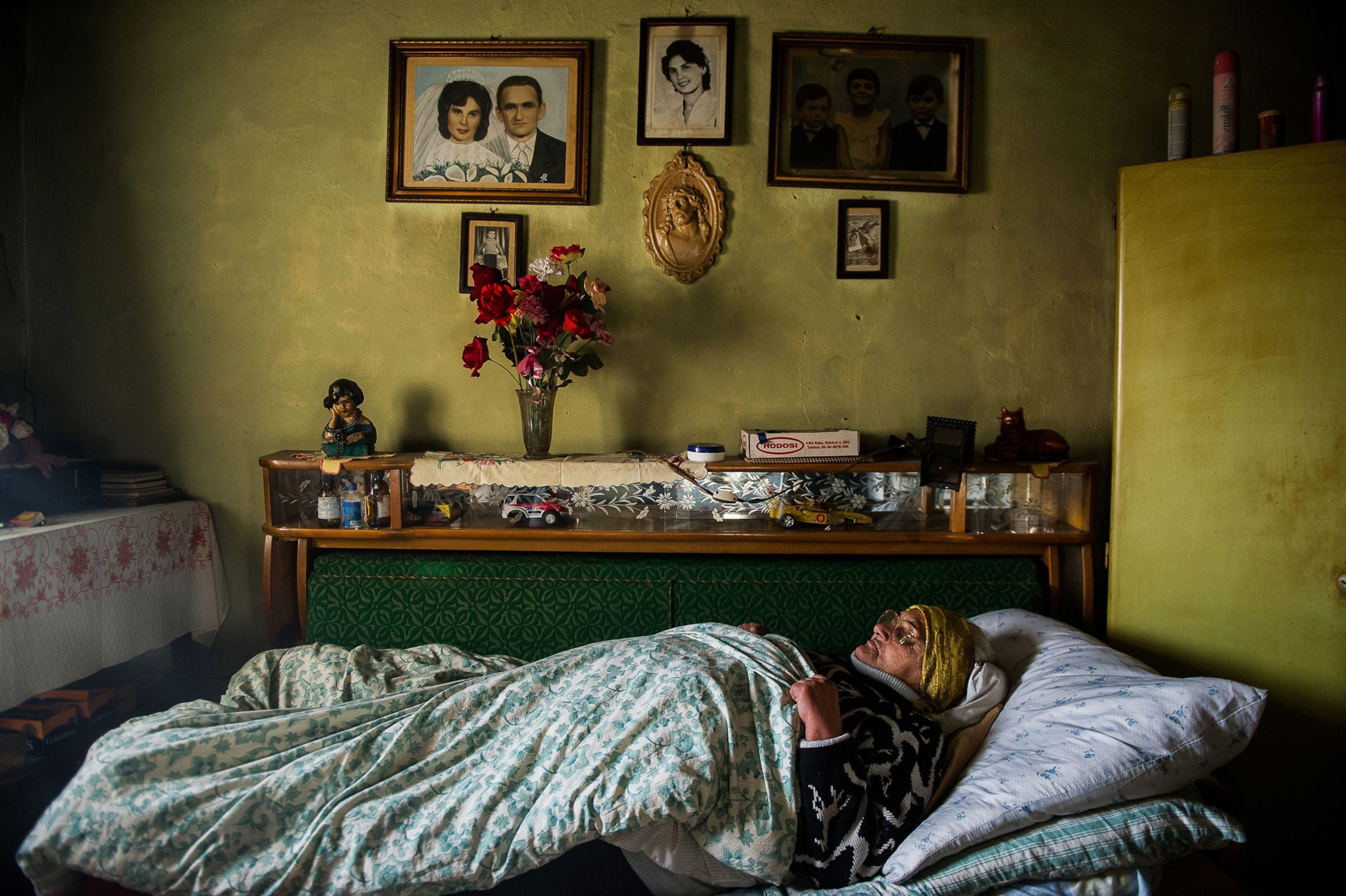
COBURN: What do you hope that people will learn from viewing your photographs?
AKOS: While the people I have taken pictures of are very fragile, their world is changing and they have very little chance to adapt to it. By taking pictures of the farmlands I hope to raise questions about our entire society’s dependence on energy and material goods. Our entire society has become very fragile.
Akos Stiller is a photojournalist based in Budapest, Hungary. He likes taking untraveled roads and talking to new people. See more of his work on his website and follow him on Instagram.







